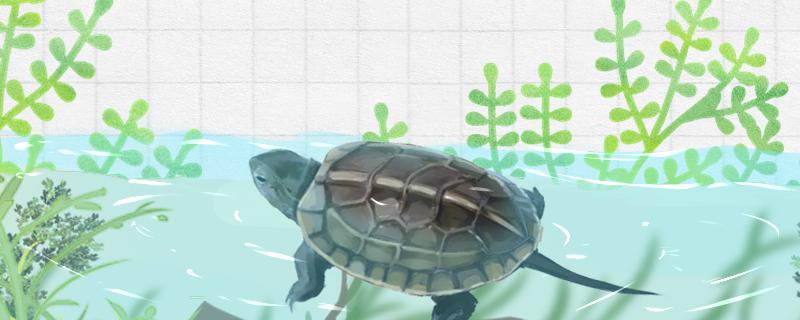
grass turtle? It belongs to semi-aquatic and semi-terrestrial reptiles, mainly living near lakes, rivers, ponds and other waters. When breeding grass turtles, we should pay attention to the fact that the turtles can not live without water, but we can not put too much water in the glass tank. Grass turtles rely on their lungs to breathe, and when swimming in the water, they will put their heads above the water to breathe, so the water in the tank can not be too much, can not cover the head of the grass turtle, otherwise they may drown.
If the water level in the tank is higher than their shells, some stones should be placed at the bottom of the glass tank for them to rest on, so that they can also easily bask in the sun. When raising young turtles, the water level in the glass tank should be just over the turtle's limbs, and part of the turtle's shell should be exposed shallowly. For adult tortoises, the water level can exceed the shell by about 1 centimeter.
? The grass turtle has a high demand for water quality. It needs to change the water in the glass tank frequently to keep the water in the tank clean. The frequency of changing their water is related to the season. Normally, the water can be changed every seven to ten days, but because of their high requirements for water quality, the frequency of water change can be accelerated appropriately in hot weather, and the water can be changed every three to five days.
When the water temperature is below 15 C, the grass turtle will enter hibernation. At this time, the frequency of changing water should be slowed down, and it can be changed once or twice a month. When changing water, pay attention not to change all the water at one time, but only to draw out one third or one quarter of the water in the jar each time, and then add the same amount of new water. The water used to feed them should be exposed to the sun for two days before entering the tank to remove the chlorine in the water.